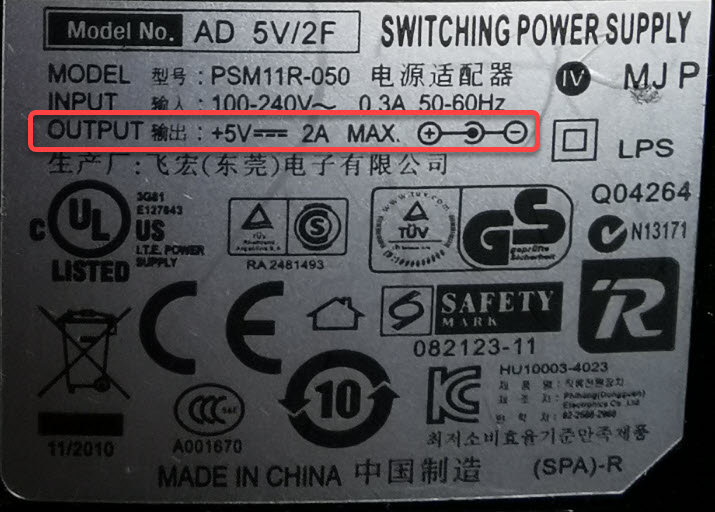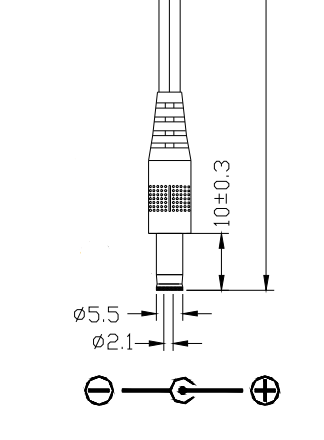Knowledge Base - Power Adapters - working from home
Most VoIP phones can use either POE (Power Over Ethernet) where the power required for operation is delivered over the network cable, or an external power adapter.
Many businesses and some offices will have a POE switch installed. They excel for powering multiple network devices such as cameras, phones, and Wi-Fi access points but may be expensive or complicated to rush to install. If you already have a POE switch at home, your phone should work from this device. If you are considering adding one, ensure it has an adequate power budget before ordering. Not all devices are the same, some only offer limited numbers of powered ports or limited power per port. Contact us using the form below for details.
In the event you need to work from home, a single port POE injector may be the best generic choice. While more expensive than a power adapter, they benefit from allowing you to extend the reach of your phone (instead of being limited to approximately 5 feet from a power outlet). Make sure you order a model which support IEEE 802.3af / IEEE 802.3at
The important things to keep in mind is the rating (voltage and amperage) as well as the polarity (is the center pin positive or negative).
Most phones require a very specific operating voltage, but may tolerate some variation in the amperage. Please check your equipment carefully.
For many common models of phones, a 5 Volt / 2 Amp adapter will be adequate (as pictured). It's likely any adapter you have will be safe to connect to a local wall adapter as most of these devices are rated to ACCEPT power worldwide (this is the "input" which will commonly range from 100-240V and allow for 50 or 60 Hz).
That is not the same as the output though. The output must match the requirements of the phone you intend to power.
Consider this power adapter:

The output section indicates this adapter supplies:5 Volts (or "V")2 Amps (or "A") maximum, center positive (as indicated by the icon).
This power adapter will work for:Cisco 5xx seriesCisco 3xx seriesYealink T2x seriesYealink T4x seriesAnd possibly others.
If unsure, please check the hardware manual or open a ticket with our support - the wrong adapter may damage a phone beyond repair!
A phone may work fine on a power adapter capable of supplying a little more power than required (this is the Amps part of the rating), as it will only draw the amps it requires, but not one that provides less than required - this may cause the phone to seem like it will start up, but fail.
For example, if a phone is rated to require 5 Volts, 1.4 Amps this adapter pictured above should be fine.
Connector Size.
The final consideration is the physical specification (how big around is the connection). There are two measurements commonly involved here - the outside diameter (or OD), and the inside diameter (ID).
At this time, all Cisco and Yealink phones we are aware of support 5.5mm (OD) x 2.1mm (ID) with of course a few exceptions.
Exceptions to this general standard for Yealink include the T49, VP59, CP920 and CP930 which require 6.0mm (OD) x 3.0mm (ID). Yealink has summarized their requirements here: http://support.yealink.com/faq/faqInfo?id=692

Please contact us using the form below if you need us to help you select an adapter or order something you require.
Applies To
Cisco PA100-NA, Cisco SPA504, Cisco SPA514G, Cisco SPA525G2, Yealink SIP-T21P-E2, Yealink W52P / W52H, Yealink SIP-T48G, Yealink SIP-T29G, Yealink CP860 (EOL), Yealink CP920, Yealink W60P / W56H, Unlisted Phone

